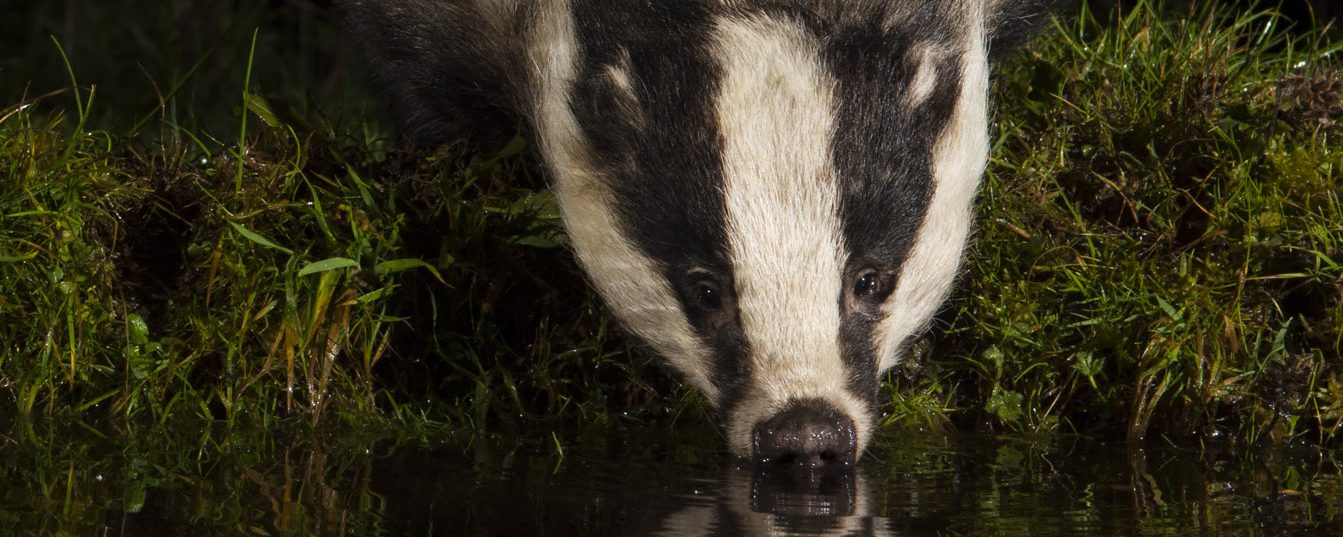In recent days, Natural England has released its Habitat Regulations Assessments (HRA) for the disgusting and incompetent 2020 licensed badger culls, currently underway as a part of the wider failed bovine TB strategy. This follows release recently too, under FOI of the updated (July 2019) NE “Guidance on evaluating the ecological consequences of badger culling on European Sites.” Legal challenges since 2017 have forced NE’s to accept as real the potential impacts resulting from removing badgers from large parts of the English countryside and to try to develop a system that reflects just a few of the issues; those related to SSSIs and internationally designated sites. While HRAs improve in extent and detail, they remain reliant on conditions which are loaded with points of potential failure and which may not be effective in protecting the integrity of European Sites.
This matter has just become even more important as the Council of Europe’s Bern Convention in Strasbourg has formally adopted, at its Bureau meeting of 15 – 16 September, a complaint against the UK for its mass badger killing in England. This includes the extent of unknown ecological change and damage, and placed the compliant on ‘stand-by’ for future scrutiny. This requires, straight away, new communications and reporting by the UK government with a report next summer.
This is a huge international embarrassment for Westminster, as knowledge of the potential UK infraction becomes more widely recognised across Europe and the world. The UK claims there is no evidence of any ecosystem damage, yet, in accepting the possibility, have failed to undertake any credible measurement of this at all. Other than in a 2018 report that is (probably for legal reasons as it exposes them) being kept secret between NE and the British Trust for Ornithology. They think controlling information upon which public decision making has been done is acceptable behaviour. Would the UK ever consider breaking international law?
There is no evidence at all that shows that conditions to safeguard internationally important sites and their rare species have actually taken place. Where is the monitoring (annual monitoring reports?) promised to the High Court in 2017 and 2018? NE have a duty to establish the extent that the conditions imposed on these licences are actually adhered to on the ground. Are the conditions easily understandable and accessible to the shooter on the ground? Who has been checking? Might shooting contractors possibly overlook the conditions on these licences?
One example is the condition to protect Hen Harrier on Salisbury Plain. This states: “Before commencing licensed activities each season, operators must confirm with the owner/occupier the location of any communal roost locations supporting significant numbers of Hen harrier. Except on existing roads and tracks, there shall be no access within 500 metres of any such locations from 1st November to 30th April, inclusive“. Now the cull should normally be over by 1st November but what if an extension is allowed or in time supplementary culling extends into January? The workability of this condition assumes a) that the operator asks this question, b) that the owner/occupier answers it, c) that the owner/occupier is in a position of knowledge about hen harrier roosts on their land, d) that they convey this information to the shooting contractor fully (what if they want their badgers ‘gone’ ?), e) monitoring is good enough to be able to pinpoint roost sites and define a 500m radius from them and lastly f) if all of the aforementioned happens, shooters duly obey the 500m standoff restriction.
Further, this condition only bites in respect of “communal roost locations supporting significant numbers of Hen harrier” (emphasis added). What does this mean? Presumably a communal roost must be more than one hen harrier, but at what point does ‘significant’ bite? That this is a flawed approach is rendered obvious by two considerations: firstly, the wintering population of hen harrier at this site (five year peak mean =15.2 between 2010-2015) is so low that a single bird would represent >1% of the site population and would therefore be significant. Secondly, the SPA is cited as representing 1% of the UK population therefore any reduction from that 1% (which could be displacement of a single bird, or a single roost) would represent a significant effect on integrity.
It would be a huge undertaking to check what Natural England are sanctioning and is actually secretly happening in the countryside. There seems to be little or no intention by them to look at what might be happening beyond the secret studies of one or two sample areas. So nobody will ever know how many Hen Harriers or other sensitive animals have been disturbed by people killing badgers. That’s the way NE has handled it and the way that it wants it to remain.
Discover more from The Badger Crowd - standing up for badgers
Subscribe to get the latest posts sent to your email.

